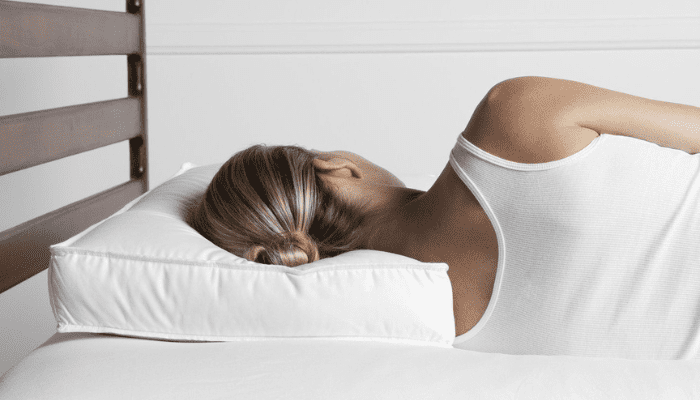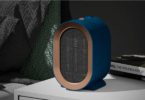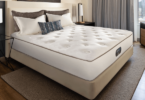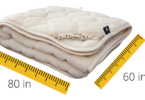Introduction to Side Sleeping
Side sleeping is one of the most common sleep positions, and for good reason. It offers a multitude of health benefits, but it’s also essential to understand the potential drawbacks and the role of pillows in ensuring proper neck alignment and overall sleep quality.

Benefits of Side Sleeping
Side sleeping has several advantages, including:
- Reduced snoring and sleep apnea: Sleeping on your side can help keep your airways open, reducing the likelihood of snoring and sleep apnea.
- Improved digestion: Lying on your left side, in particular, can facilitate digestion and reduce heartburn.
- Reduced pressure on the spine: Side sleeping distributes weight more evenly, reducing pressure on the spine.
Drawbacks of Side Sleeping
While side sleeping has its benefits, it’s not without potential issues:
- Shoulder pain: Pressure on the shoulder can lead to discomfort or even pain.
- Neck pain: Improper neck alignment can contribute to discomfort and pain.
- Wrinkles: Sleeping with your face pressed against a pillow can cause wrinkles over time.
The Role of Pillows in Side Sleeping
Importance of Proper Neck Alignment
Using the right pillow for side sleepers is crucial for maintaining proper neck alignment. A pillow that’s too high or too low can cause strain on the neck muscles, leading to discomfort or pain, according to a paper published on Journal of Physical Therapy Science. The goal is to find a pillow that supports the neck and head, keeping the spine in a neutral position.
Types of Pillows for Side Sleepers
There are several types of pillows suitable for side sleepers:
- Memory foam pillows: These pillows conform to the shape of your head and neck, providing customized support.
- Latex pillows: These pillows offer a firmer, more supportive feel than memory foam and are ideal for those who need more neck support.
- Contoured pillows: Designed to support the natural curve of the neck, contoured pillows can be a good option for side sleepers who experience neck pain.
Selecting the Perfect Pillow for Side Sleepers
Pillow Materials
The choice of pillow material is a personal preference, but it’s essential to consider the properties of each material:
- Memory foam: Offers contouring support and pressure relief.
- Latex: Provides firm, responsive support and is hypoallergenic.
- Down: Soft and fluffy but may lack adequate support for side sleepers.
- Synthetic: An affordable alternative to down, but may not offer the same level of comfort.
Pillow Thickness
The ideal pillow thickness for side sleepers depends on the individual’s shoulder width and head size. A general rule of thumb is to choose a pillow that fills the gap between the shoulder and head, keeping the neck and spine aligned.
Pillow Firmness
Firmness preferences vary, but side sleepers typically need a pillow with medium to firm support. A pillow that’s too soft may not provide enough support for the head and neck, causing strain on the muscles and ligaments.
Pillow Shape and Design
Some side sleepers may benefit from uniquely shaped pillows designed to support their sleeping position. Examples include:
- Contoured pillows: These feature a curved design that supports the neck and head.
- Body pillows: These long pillows can be used to support the entire body, helping maintain proper spinal alignment.
- Knee pillows: Placing a small pillow between the knees can alleviate pressure on the lower back and hips.
Common Mistakes When Choosing Pillows for Side Sleepers
Overlooking Personal Preferences
When selecting a pillow, it’s essential not to ignore personal preferences. What works for one person may not work for another, so it’s crucial to try different materials, firmness levels, and designs to find the perfect fit.
Ignoring Sleep Position Adjustments
It’s not uncommon for people to change positions during the night. If you tend to switch from side sleeping to back or stomach sleeping, consider a pillow that accommodates these different positions without sacrificing support and comfort.
Conclusion
In conclusion, side sleepers should use a pillow to ensure proper neck alignment and overall sleep quality. Choosing the right pillow involves considering factors such as material, thickness, firmness, and shape. By avoiding common mistakes and prioritizing personal preferences, side sleepers can find the perfect pillow for a restful night’s sleep.
FAQ
Side sleepers typically benefit from a pillow with medium to firm support that fills the gap between the shoulder and head, ensuring proper neck alignment.
Yes, body pillows can help side sleepers maintain proper spinal alignment and provide additional support for the entire body.
Memory foam pillows can be an excellent choice for side sleepers, as they conform to the shape of the head and neck, providing customized support.
Side sleepers can prevent neck pain by choosing a pillow that supports the neck and head, keeping the spine in a neutral position
Using a pillow between the knees can help side sleepers alleviate pressure on the lower back and hips, promoting proper spinal alignment.






